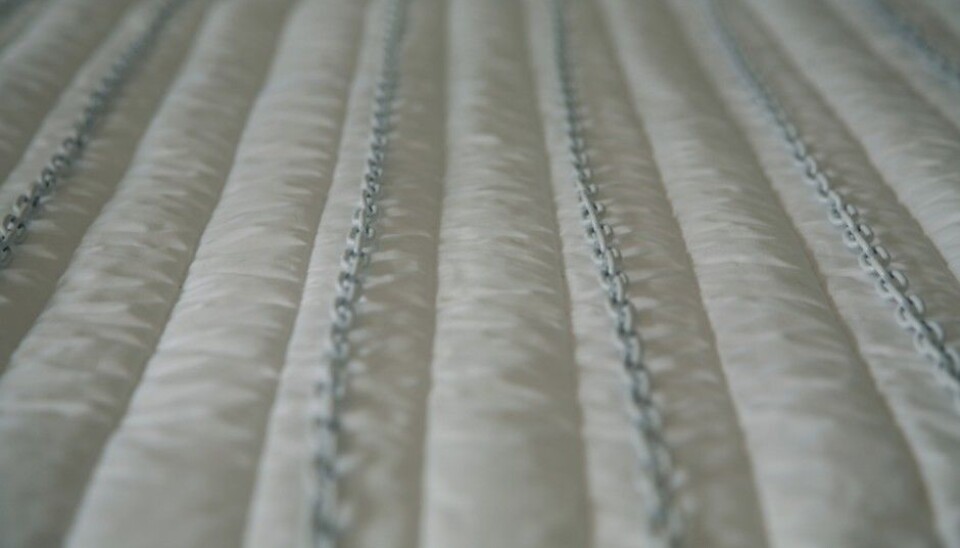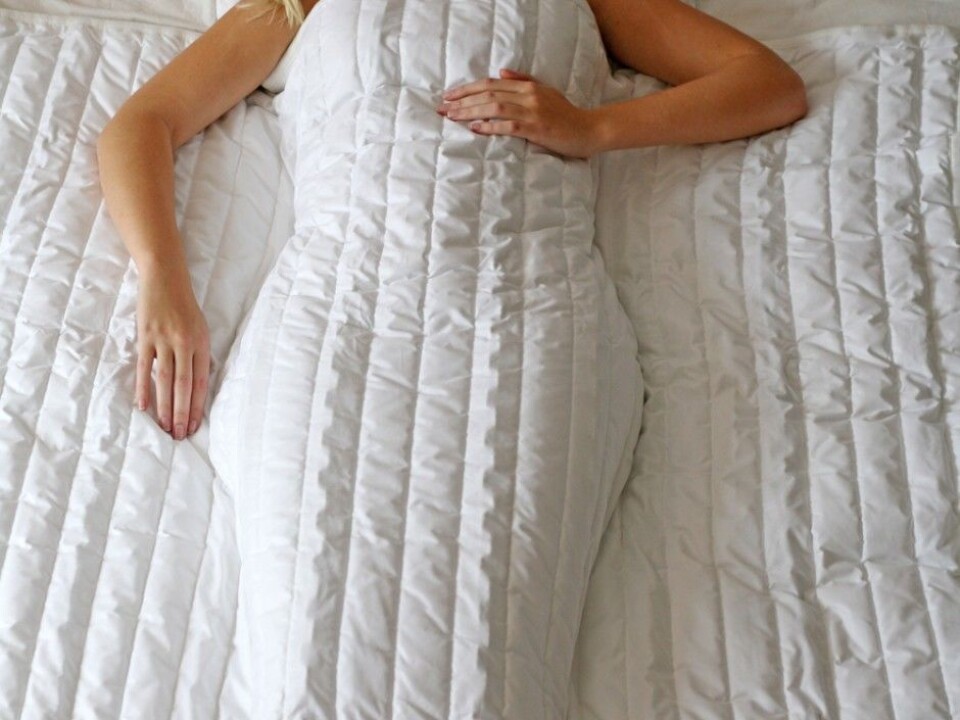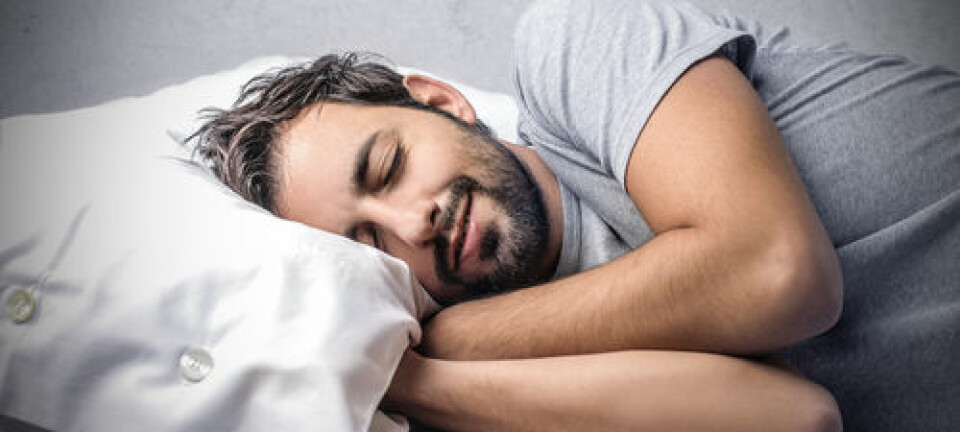
Can a heavy blanket cure insomnia?
Many chronic insomniacs sleep better under blankets that weigh several kilos.
How about dealing with insomnia without sleeping pills? This was the goal when Gaby Badre started along his path. Badre is a researcher at the University of Gothenburg and runs several sleep clinics in Sweden.
“I always look for alternatives to pharmacology,” explains Badre.
“Sometimes medications are not the only remedy.”
Chain blanket
He conducted an experiment with 31 patients who had chronic insomnia. They were given weighted blankets which get most of their mass from strings of chains inside the fabric.

All of them first slept under their customary duvets or quilt blankets the first week. Then they slept for two weeks under blankets weighing eight kilos, before doing a final week once again with regular duvets. The patients filled out daily logs and made note of how well they felt they had slept. Their sleep was also monitored by several instruments. It turned out that the data from the electronic instruments tallied with the patients’ experience of their nights in bed under the heavy blankets.
“Among those who experienced it as positive we also got measurable results. Those who were unconvinced that it had helped them had no measurable results indicating that they had slept better. So we see it has an effect but not on everyone,” says Gaby Badre.
Over half
According to Badre over half of the individuals who were tested experienced a positive, monitored effect. They slept longer and tossed and turned less. Those who felt the blankets were beneficial woke up less in the course of the night once they had fallen asleep.
The test persons reported finding it easier to calm down and they felt more secure and better rested in the morning. The majority were not bothered by the extra weight.

“Some felt that it got too warm and some didn’t like lying under something heavy. There are definite gender differences: Men are more sceptical than women about something heavy on top of them when they want to fall asleep,” says Gaby Badre.
He has no certifiable explanation of how the method works. But he relates that some people say they feel more secure, like being in a cocoon. The stimulation of the skin given by the chains also has a positive effect on the brain.
ADHD and PTSD
Badre thinks that heavy blankets could help alleviate other problems: “It works on patients with ADHD and we also use this approach on dementia patients.”
Oslo University Hospital has considered weighted blankets for patients with attention deficit hyperactivity disorder (ADHD), epilepsy and dementia and concluded that so far the method should only be used in research to test its functionality.

“We would also like to see this tried with other patients, for example those with post-traumatic stress disorder (PTSD). There are a few cases where it has been tried but no research has been conducted,” says Gaby Badre.
Treating patients
Badre now works in the UK, more specifically at a private hospital, the London Clinic. There he has started using heavy blanket in his practice.
“It is still evident that this works. We have more than 50 percent positive results, both there and in the study,” he says.
“Not logical”
Professor Bjørn Bjorvatn, who heads up the Norwegian Competence Center for Sleep Disorders at Haukeland Hospital in Bergen, is surprised by the findings and currently unconvinced.
“As a point of departure it’s intriguing but I would like to see a study which documents that this has an effect before I say this is something we should have in mind. It doesn’t sound fully logical,” he says. But he adds that he finds it exciting when novel ideas are being tried out.
Old wives’ tales
“But isn’t it okay to offer it to patients who experience that it works on them? There are no negative side-effects?
“Indeed, but at the same time we cannot recommend something without being able to claim with some certainty that it will have an effect,” says Bjorvatn. He points out that there are always home remedies or folk medicines regarding sleeplessness. “Just being told that it helps will always have an effect on some people,” he says.
-------------------------------------
Read the Norwegian version of this article at forskning.no
Translated by: Glenn Ostling








